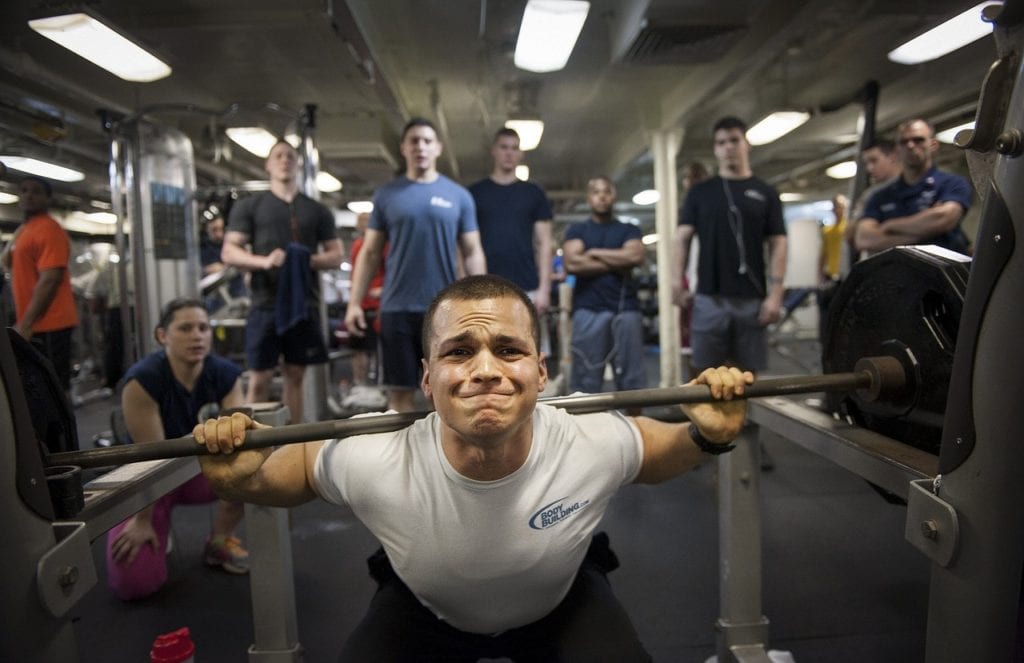
Keywords: Pain, Physical Therapy, stretching, exercise, endorphins, no pain no gain, pain complexity.
Time to Wake Up!
It’s 4:30 in the morning and your alarm goes off. It’s time for another workout at the gym. You’re tired, because you stayed up later than you should have and the last thing you want to do this morning is start your day off shedding much needed energy before your busy day. In fact you’d normally just hit the snooze and go back to sleep, but your buddy is planning on meeting you at the gym and you do not want to be “that guy” who calls off the workout.
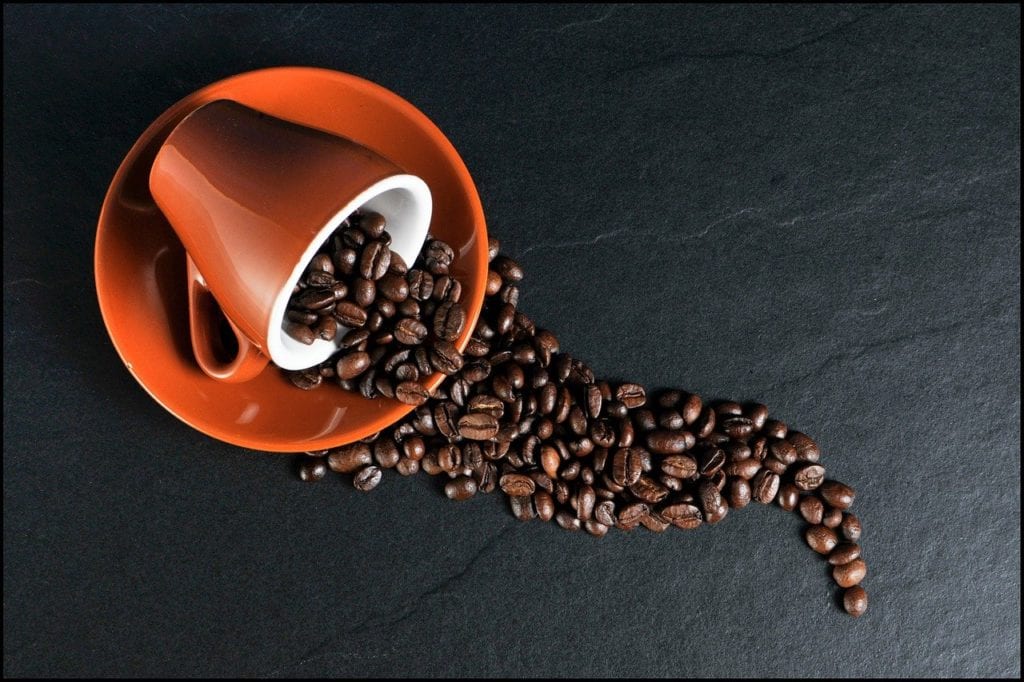
So you roll out of bed and slog into the gym, ready to get it over with before even starting the warmup. To your disappointment your buddy is more hyper than ever, has learned about a new workout program that he wants to try out this morning, and he’s super anxious to whip the both of you into shape!
You start the warmup and notice that right out of the gate you’re feeling sluggish and low on energy, but you make it through. Next you move into the weight room and start loading up more weight on the bench press than you ever dreamed of doing. You joke, “are we both going to lift that together”, “like some form of buddy curl, but bench press instead?” Your friend goes on to explain that instead of sticking to lighter weights and doing more repetitions, he read that doing heavier weights with fewer repetitions will actually help build up muscle tissue faster.
So, you lay down on the bench and get ready to flex your muscles harder than you have in 20 years. The first repetition feels heavy but manageable and so you move into your next rep with caution. This time however, when you lower the barbell down to your chest there is a somewhat sharp pain in the front of your shoulder that radiates a bit into your upper arm. You push out the rep and tell yourself, “no pain, no gain, that’s what I learned in school sports”. The next repetition is even more painful than the second one, “but that is just how it’s supposed to be”, you tell yourself. After three more repetitions you rack the barbell, sit up and rub your shoulder. “That really hurt my right shoulder”, you tell your friend! “No pain no gain, bro” is his response.
What Do You Think?

We’re going to pause here for a moment in the narrative. Is their thinking right in this situation, “no pain, no gain”? Should he continue pushing through repetitions at this weight?
Chances are if you run this scenario past friends and even other professionals that work in athletic training or in the physical conditioning world, you’ll get a host of different answers. The fact of the matter is, this issue goes deep on an individual level. Before I get into my response, consider some responses you may hear.
- The pain he feels is due to stress on the tissue in the shoulder. By continuing to push through the pain his body will build up stronger tissue as a result, leading to less pain in the future under the same weight. In other words, he’ll be stronger.
- He should lower the weight enough so that it will not cause pain during the motion. This is not the kind of pain they are talking about when they say “no pain, no gain”.
- He should avoid doing this exercise all together, training more stabilizing muscles first before trying this more complex movement.
- He should change his grip width on the bar and maintain the weight to see if it changes his pain.
There are all kinds of possible responses to this scenario and they are going to come from people who have a host of various personal experiences and professional experiences dealing with the construct of pain.
A Little History of the Statement, “No Pain, No Gain”
The earliest use of the phase that I can find was made in a poem dated 1860 by Mary Smith. Here is the poem if you’d like to read it.
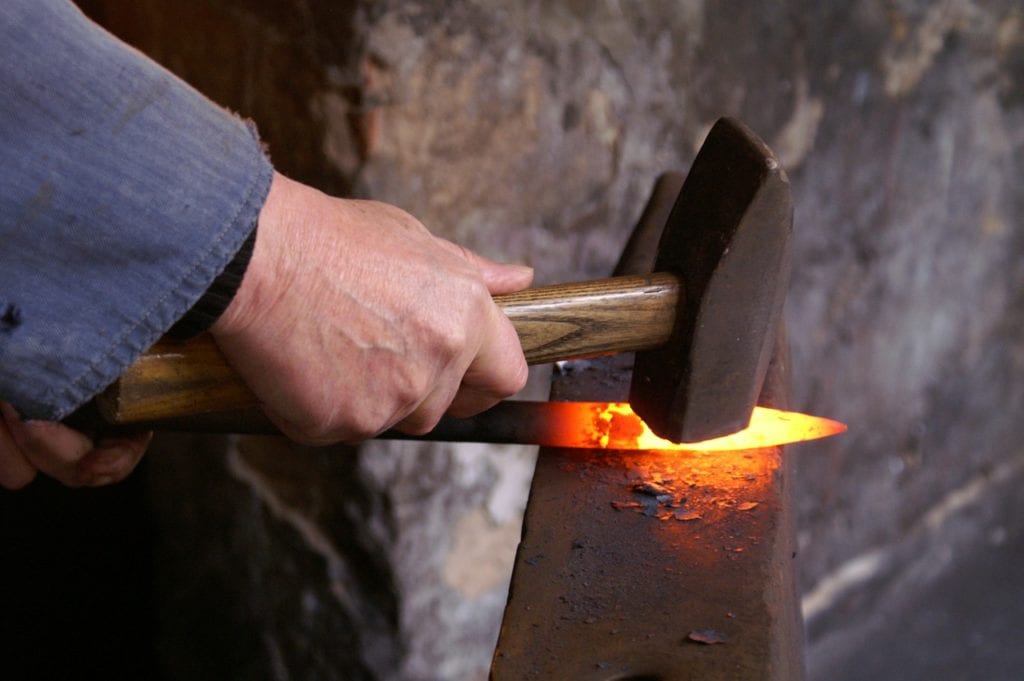
Virtue requires in payment for her light.
The free bestowment of the whole mind’s might,
The vision and the ecstasy of heaven
Are only theirs whose hearts to heaven are given.
No pain no gain. Wealth, fame, and peace, and ease
The whole life must be given. No short degrees
Of casual service ; no mere transient zeal
By will imposed, rash conduct to anneal,
Avail with her. Sorrow and want and strife,
Virtue imposes, and her fee is life.
I’m no literary expert (you can ask my high school English teacher), but it would seem that the use of the phase here is not solely speaking of physical pain but rather, to live a virtuous life requires pain intertwined throughout the entire life experience. True virtue is not going to come to someone who puts in only partial effort, it is going to come from someone who digs deep and deals with the pain, sorrow, and strife. “Rash conduct to anneal” means we need to learn from our hasty actions allowing it to make us tougher and stronger, more resilient against strain in our life.
In a very true sense this poem hits the nail on the head when talking about life, but there is a very real undertone to success in physical therapy as well. We need to realize that the healing process of a physical injury is deeply woven into our daily lives and how we identify with our neighbors, family, friends, and co-workers. There are going to be struggles and sorrows along the way that we need to dig deep and allow these experiences to anneal us instead of allowing them to defeat us. I guess in this sense, “no pain, no gain” could not be more true. However not so fast… next let’s explore how the meaning of this phrase changed dramatically about 40 years ago.
Jane Fonda
While it could be said that the phrase “no pain, no gain” has always implied some degree of physical suffering, there was an increased emphasis on this thought starting around 1982 when Jane Fonda started using this term in her aerobics workout videos titled “Workouts Starring Jane Fonda”. She used this phrase as well as another one most of us know, “feel the burn”. Of course these phrases were used to try to push people past that point of wanting to slow down or quit during an exercise due to mental and physical fatigue. In this way you could push your body closer to its physical limit than you may mentally allow yourself to go. When we tell ourselves or our workout buddy “no pain, no gain”, what we really mean is go as close to the edge of the cliff as you can, but do not jump.
Skiing Towards a Cliff

There is a potential problems with this kind of thinking. Momentum! Let me explain. Imagine that you’re skiing down a double black diamond through beautiful fresh fluffy snow. You’re picking up speed and feeling good! Did I mention the sun and deep blue skies? Little do you know there is a 1,000 foot cliff just over the next knoll and if you reach the top of the knoll you’re not going to have time to stop before… well you can imagine the rest. Many times when we’re exercising we do not even think about the cliff, let alone where the cliff may be hiding. By the time we reach the cliff, it’s to late to slow down, and that is when an injury can occur.
One of the blessings and potential curses of exercise is that our bodies release a host of natural pain killers called endorphins. While these are circulating in your body, you may be less likely to know when the stress on your body is building up enough to lead to injury (blinded by that beautiful sunny weather and fluffy snow). Now my true feelings are that the benefits of these natural endorphins, such as decreased blood pressure, improved blood sugar regulation, better sleep, and many others outweigh this potential negative as long as you’re careful (Endorphins: WebMD).
Pain Complexity Profile (Finding the Cliff)
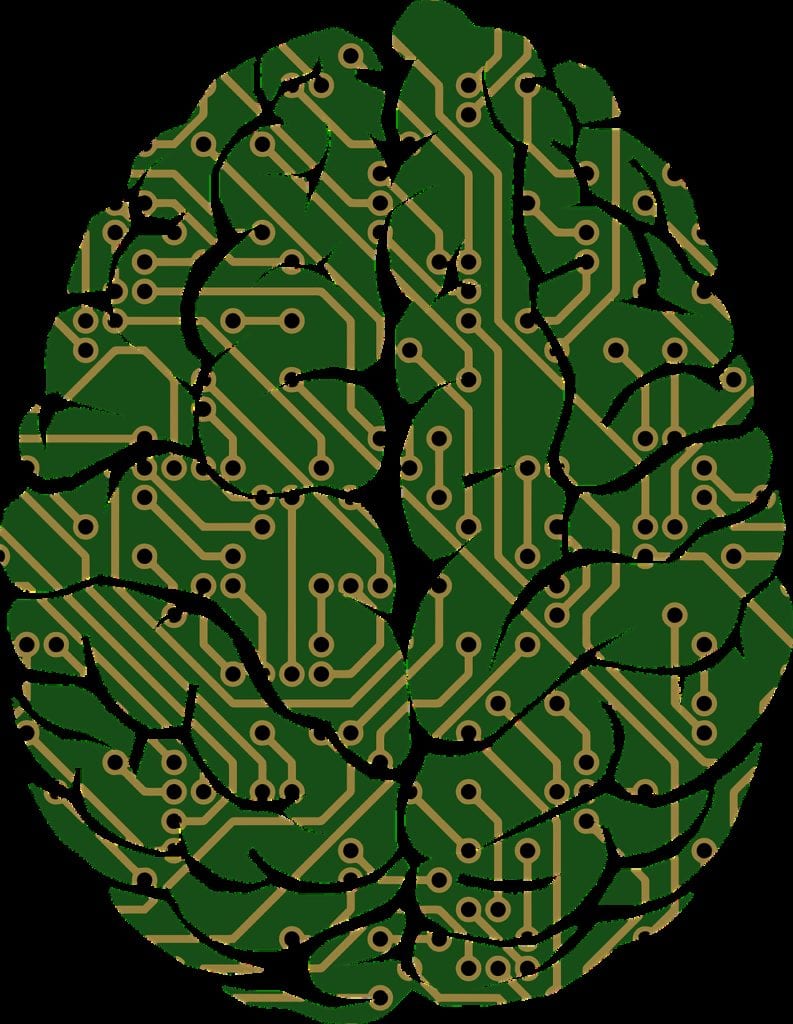
Okay, this is my third time trying to write an rewrite the idea of how complex pain can be. After trying to spell this out in different ways I realized that in a nut shell, pain is just complicated. How we interpret pain on and individual level is influenced by so many variables it just gives me a headache thinking about it. Two different people could be sustaining the same noxious stimulus (say a pinch to the thigh) at exactly the same force and location and experience vastly different levels of pain or discomfort. Why is that? Well the simple answer is they’re wired differently, but it goes deeper than that. Pain is not only rooted in our physical wiring (nerves and pain receptors), it’s woven into our emotions, historical events, psychological factors and physiological responses. Perhaps my parents pinched my leg every time I was in trouble while your parents pinched your leg while being silly and horsing around. These two different historical factors have created different narratives about pinching and pain, leading to vastly different psychological responses. My pain may actually hurt more than your pain due to these differing scenarios.
(If you want to see some bloopers on writing about pain, just let me know and I’ll share my explanations using analogies such as “there is no spoon” and the “receptor network super highway”) Let’s move on…
We Need Stress
Our bodies are finely tuned machines, created to adjust and adapt to stresses placed on them. One amazing example of this is mechanotransduction (say that 5 times fast) which is a process by which our bones regulate their density and strength to be able to stand up to our daily tasks without compromise. Without mechanotransduction, our bones become brittle and susceptible to fractures and injury. There are loads of examples similar to this happening in our bodies in a host of other tissue systems, including tensile strength of tendons, muscular strength and flexibility, intracellular metabolic rates, thermoregulation, enzyme metabolism/catabolism, and on and on it goes. Our bodies depend on a degree of stress in order to adapt to our daily activities and environments.
When we load these tissues and stress these systems to a point that is going to challenge them, we will most likely perceive discomfort or pain depending on your pain complexity profile. A little stress on these systems has been shown to be effective and make you stronger, while to much stress can cause damage and lead to problems.
How Much is Too Much
So how do you know when you’re pushed it to far? Great question. The answers are going to vary person to person, but there are some hallmark symptoms that are best not to push through.
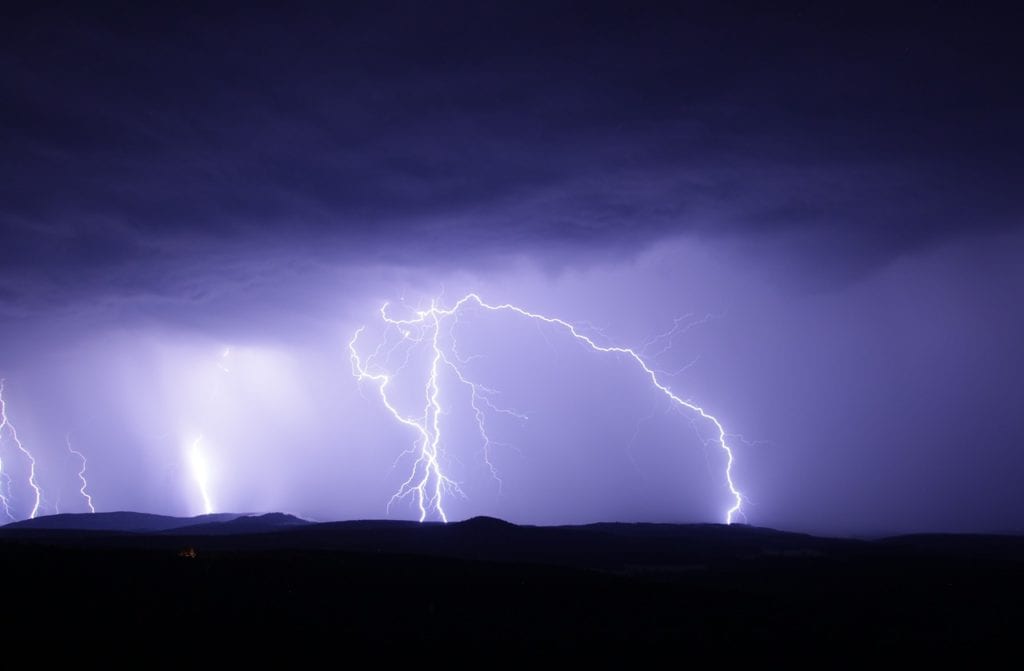
- Any sharp or stabbing pain
- Extreme joint tightness/pressure
- Throbbing pain
- Electrical jolting or shooting pain
- Burning pain that shoots down the arm or leg
- Numbness and tingling
So the follow up questions is how do you know you’ve done yourself some good and not caused harm. Here are a few guidelines worth considering.

- Mild to moderate stretching sensations are safe (without sharp or shooting pain)
- A gradual burning sensation in the muscle tissue being worked is normal. It’s generally safe to continue a few more reps into the burning sensation before resting.
- Muscle soreness that sets in hours after the workout is called delayed onset muscle soreness (DOMS). This is a sign that mild muscle tissue trauma occurred and is a good thing for building strength. Note: if you experience DOMS, make sure to rest these muscles groups until the soreness is gone before working them again. Tissue healing can take up to a week or more if you have not been working out on a regular basis.
- Mild tightness in muscles hours after the work out and even greater the next couple days is normal and a sign of a job well done (typical of DOMS).
Clear as Mud?
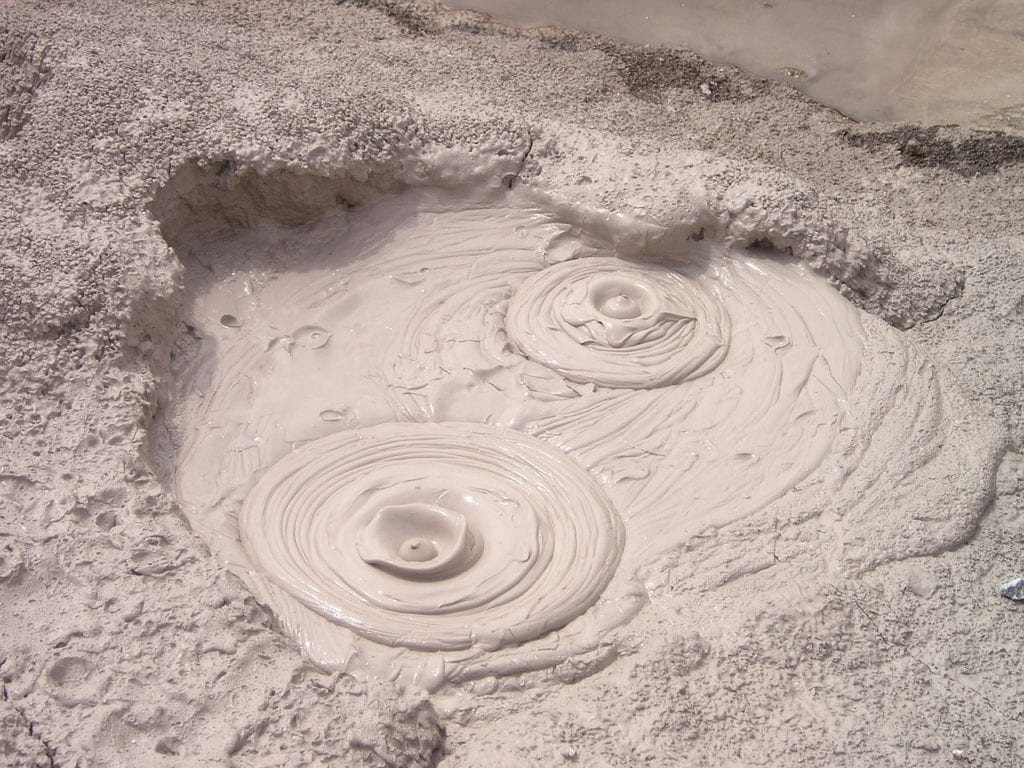
So after reading through this I would hope that you would understand a few things about pain.
- Every person has a different pain complexity profile that needs to be considered when making decisions about whether to push through pain or discomfort.
- Some pain and discomfort can be a good thing and lead to positive change.
- Some pain can push tissues too much and lead to damage if ignored.
The best rule of thumb is if you’re not sure whether to push through the pain then it’s best to hold off on that exercise or movement and seek the instruction of a trained professional. Someone who has an excellent understanding of the body and knows what types of forces and loads are safe to expose it to. Someone who will take into account your medical history, your personality traits (psycho-social factors) and physiological state in order to best advise you, so you’re less likely to injure yourself and more likely to succeed in your training.
Full Circle
Personally, when it comes to No Pain, No Gain I tend to agree more with Mary Smith’s use of the phase over Jane Fonda’s. To live a virtuous life is not going to come without some pain, and in fact that pain can be used strengthen us and prepare us for even more challenging times to come.
How about you? After reading through all this information, what are you thoughts on No Pain, No Gain? How would you advise the workout partner who was experiencing shoulder pain? Will your mindset during workouts be different after reading this? Are you uncertain if you’re pushing to hard, or should be listening to your body and you need to talk to a professional? If so we’d love to hear from you and have the opportunity to help!

Until next time!
Josh Weaver, PT, DPT, Owner
Solid Rock Physical Therapy and Wellness
Physical Therapy brought to your home!
Servicing Pierce and South King County. Centrally located near Bonney Lake, WA 98391
Email anytime: solidrock@solidrockpt.com
Phone (7 am-7pm): (253)987-6251
www.solidrockpt.com

